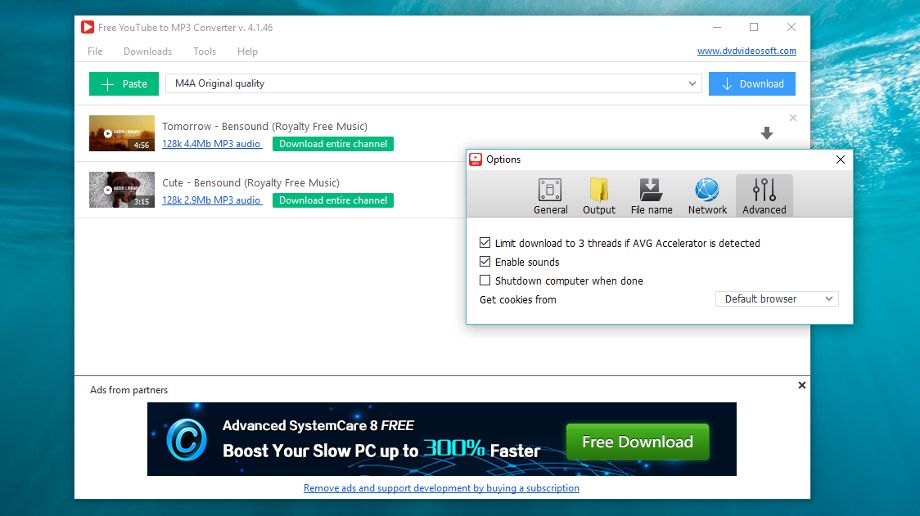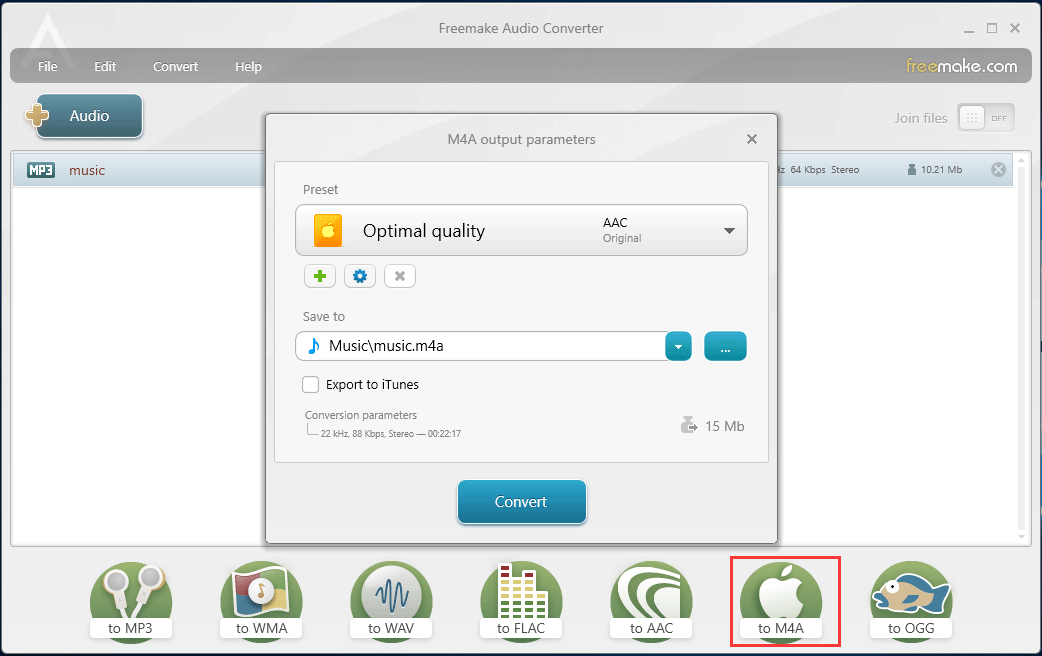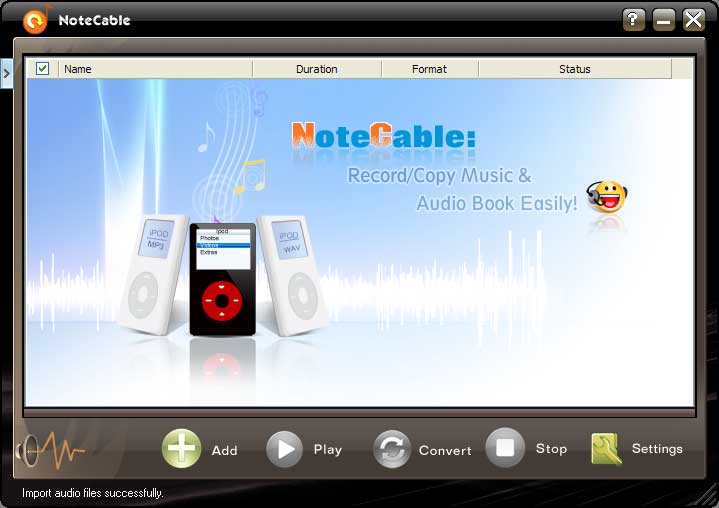

Simpleaudio allows you to play NumPy and Python arrays and bytes objects using ay_buffer().
CONVERT AUDIONOTE TO MP3 ONLINE HOW TO
For more information on how to work with NumPy, have a look at our NumPy tutorials. For a bytes object, each sample is stored as a set of two 8-bit values, whereas in a NumPy array, each element can contain a 16-bit value corresponding to a single sample.Īn important difference between these two data types is that bytes objects are immutable, whereas NumPy arrays are mutable, making the latter more suitable for generating sounds and for more complex signal processing. To reduce file size, it may be sufficient to store some recordings (for example of human speech) at a lower sampling rate, such as 8000 samples per second, although this does mean that higher sound frequencies may not be as accurately represented.Ī few of the libraries discussed in this tutorial play and record bytes objects, whereas others use NumPy arrays to store raw audio data.īoth correspond to a sequence of data points that can be played back at a specified sample rate in order to play a sound. WAV files contain a sequence of bits representing the raw audio data, as well as headers with metadata in RIFF (Resource Interchange File Format) format.įor CD recordings, the industry standard is to store each audio sample (an individual audio datapoint relating to air pressure) as a 16-bit value, at 44100 samples per second. wait_done () # Wait until sound has finished playing from_wave_file ( filename ) play_obj = wave_obj. Import simpleaudio as sa filename = 'myfile.wav' wave_obj = sa. Let’s have a look at these libraries for audio playback one by one. Pydub requires pyaudio for audio playback, but with ffmpeg installed, it lets you play a large range of audio formats with only a few lines of code. Python-sounddevice and pyaudio provide bindings for the PortAudio library for cross-platform playback of WAV files. Winsound allows you to play WAV files or beep your speakers, but it works only on Windows. Simpleaudio lets you play WAV files and NumPy arrays, and gives you options to check whether a file is still playing.


It offers no functionality other than simple playback. Playsound is the most straightforward package to use if you simply want to play a WAV or MP3 file.
CONVERT AUDIONOTE TO MP3 ONLINE CODE
All of the libraries below let you play WAV files, some with a few more lines of code than others: A few of these libraries let you play a range of audio formats, including MP3 and NumPy arrays. Playing Audio Filesīelow, you’ll see how to play audio files with a selection of Python libraries. Free Download: Get a sample chapter from Python Tricks: The Book that shows you Python’s best practices with simple examples you can apply instantly to write more beautiful + Pythonic code.


 0 kommentar(er)
0 kommentar(er)
